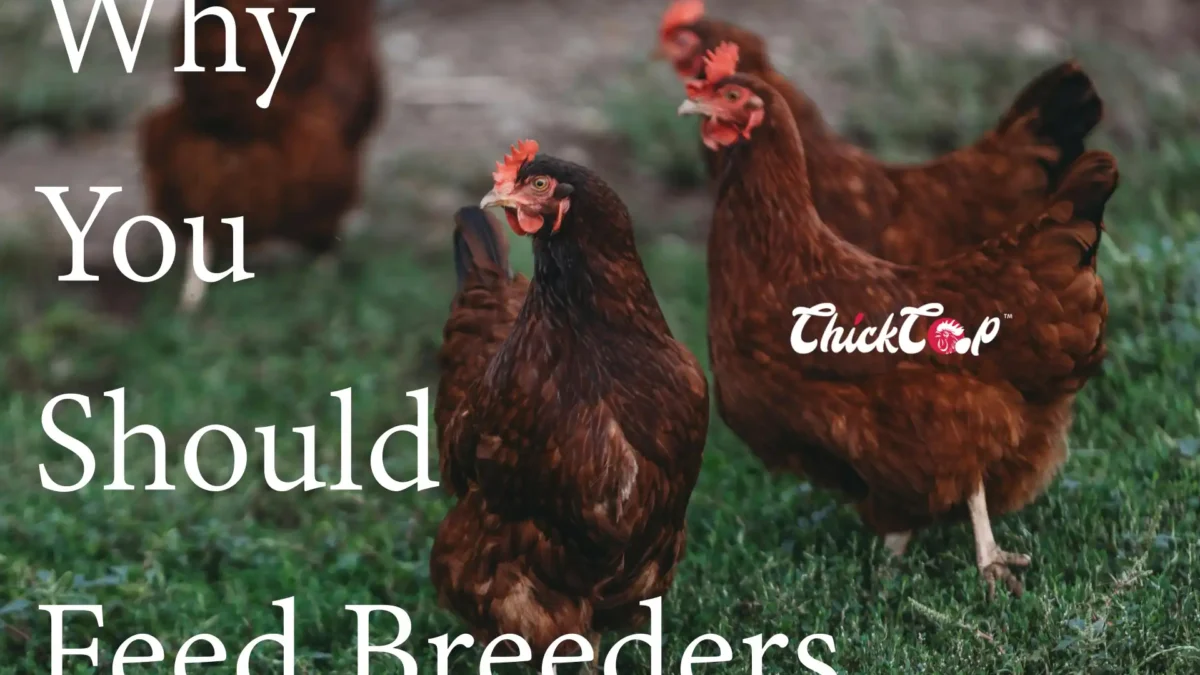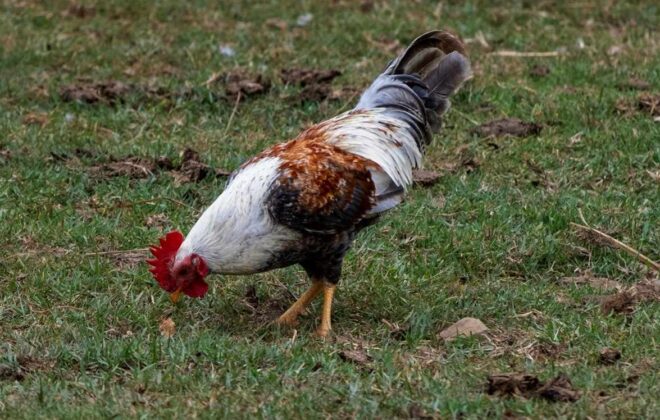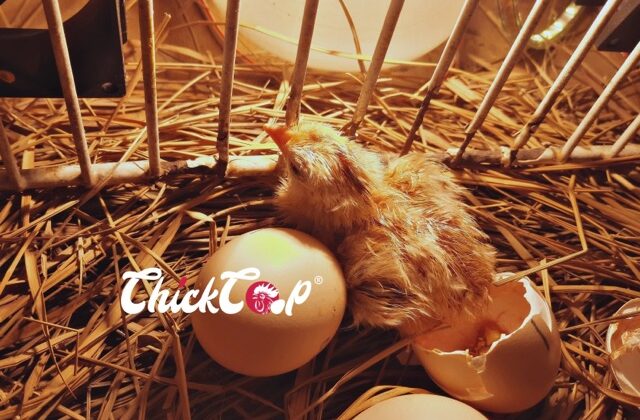
Our Secret of Higher Hatch Rate
Every poultry keeper dreams of a successful hatching season filled with healthy, vigorous chicks. Yet, one of the most overlooked factors that directly affects hatchability is the nutrition of the parent stock. The feed that supports egg production isn’t always the best for embryo development or chick vitality. To truly maximize your hatching success, you need to tailor the diet of your breeders well before eggs reach the incubator.
Why Breeder Nutrition Matters
The health of a chick begins long before it hatches—it starts inside the egg. A hen’s diet directly influences the quality of the egg, yolk, and shell. Deficiencies in protein, vitamins, or minerals can weaken embryos, lower hatchability, or result in fragile chicks that struggle to thrive.
That’s why adjusting feed at the right time is key. Think of it as “preparing the soil before planting seeds.” When breeder hens receive the correct nutrients, you set the stage for stronger embryos, better hatch rates, and healthier chicks.
The Right Feed, at the Right Time
To improve outcomes, it’s important to know when and how to shift your breeders’ diet. Here’s what experts recommend:
Two to Four Weeks Before Egg Collection:
Transition hens from a standard layer feed to a higher-protein breeder feed, layer breeder ration, or game-bird feed. These diets are specially designed to support both egg production and embryo development.
Freshness is Key:
Always ensure feed is fresh and consumed within two weeks of mixing. Fat-soluble vitamins like A, D, and E degrade quickly due to oxidation, reducing their effectiveness. Fresh feed guarantees these vital nutrients reach your breeders and, in turn, their chicks.
What if You Don’t Use Commercial Feed?
For small-scale or traditional poultry keepers who prefer natural feeding, you can still achieve excellent results by carefully supplementing the diet:
- Introduce animal protein sources such as fish meal or meat scraps.
- Add a vitamin/mineral supplement about six weeks before you plan to start collecting hatching eggs.
This ensures embryos receive the right building blocks for strong development.
Adjusting Scratch Grain Ratios
Many flocks are given scratch grains for extra energy. However, in breeder birds, too much carbohydrate can dilute protein intake. To balance this:
- Reduce grain portions about one month before hatching season.
- Ensure protein remains the primary nutrient driving embryo development and chick strength.
Signs of Poor Breeder Nutrition
If your flock’s diet isn’t balanced, you may notice:
- Reduced fertility rates
- Thinner eggshells
- Lower hatchability
- Weak or underdeveloped chicks
Recognizing these red flags early can save you from disappointing hatches and lost productivity.
Final Thoughts
Feeding breeder hens is more than just providing food—it’s about preparing the next generation for success. By switching to higher-protein feeds, ensuring freshness, and supplementing wisely, you can dramatically improve your hatch rates and raise healthier, stronger chicks.
At ChickCoop®, we’re more than just a Chicken Company, writing interesting blogs about them– we’re your trusted partner in building a modernized, sustainable and profitable farm. From breed selection to buy-back support, feed guidance, and modern farm management tips, we ensure farmers like you achieve the best results and profits.
Call us today to discuss your farming needs
📧 Email us at: write@chickcoop.in
📞 Call us: +91-9939209699


